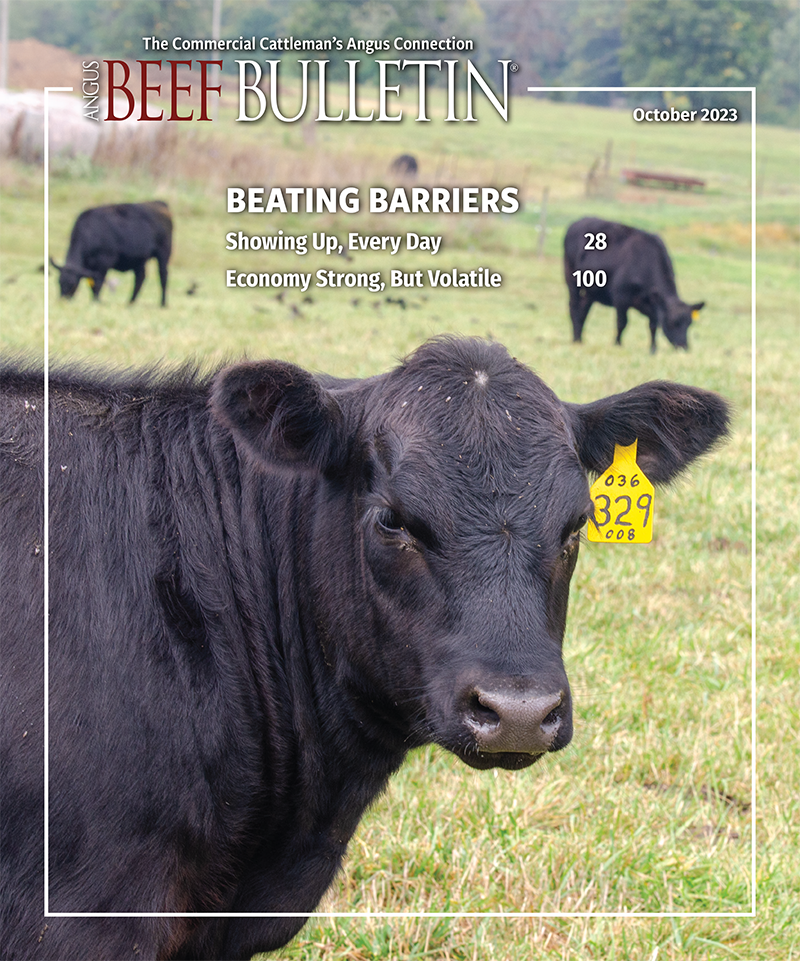Nutritional Development of Bulls for Breeding Programs
Proper bull development is key to a successful beef cattle breeding season. Many factors play a role in bull development, including nutrition and daily gain.
In the United States, the majority of beef cows are bred by natural service, i.e., a bull. Most of those cows exist in spring-calving herds, resulting in breeding bulls being placed with cows in late spring into the summer months.
Backgrounded Cattle are a Special Breed
Regular feed intake is key to maintaining proper rumen fermentation processes.
As young calves begin to enter backgrounding programs, it’s time to consider your management protocols for incoming calves. Upon arrival, you need to ascertain a few things about these incoming calves: where they came from, if they were properly weaned/preconditioned and how they were transported, to name a few.
Capitalize on Strong Calf Markets with Quality Weaning Nutrition
Implementing a weaning program that emphasizes quality nutrition helps give calves a healthy start and can bring more return on investment.
The beef industry is beaming with optimism as cattle markets continue to climb, creating a prime opportunity to capture value. USDA projects cattle prices to rise into 2024 as fed-cattle supplies remain tight1.
October 11, 2023 | Vol. 15 : No. 10-A
Take Precautions Against Toxicity of Sorghum Forages
Cool temperatures and other fall stressors can lead to the development of prussic acid or accumulation of nitrates in sorghum forages.
Temperatures are trending down across the Northern Plains and will fluctuate up and down as we head closer to winter. These temperature fluctuations cause stress on sorghum plants, which can lead to toxicity issues for livestock.
Heel Flies and Cattle Grubs are Still a Problem
How to control their spread and prepare for next fly season.
At a veterinary conference in 1994, 50 veterinarians were asked which cattle parasites were of most concern. The answer was cattle grubs. When organophosphate products were still used for grub and lice control, it was rare to find cattle with warbles.
Choosing MLV or Killed Vaccine for Calves
Modified-live virus vaccines have the ability to replicate. Killed do not.
It’s not always easy to decide which vaccines are best when vaccinating calves. Producers use many different products, and it’s hard to know which one to choose, especially when vaccinating against infectious bovine rhinotracheitis.




